Home>Furniture>Outdoor Furniture>How To Keep A Patio Rug From Blowing Away
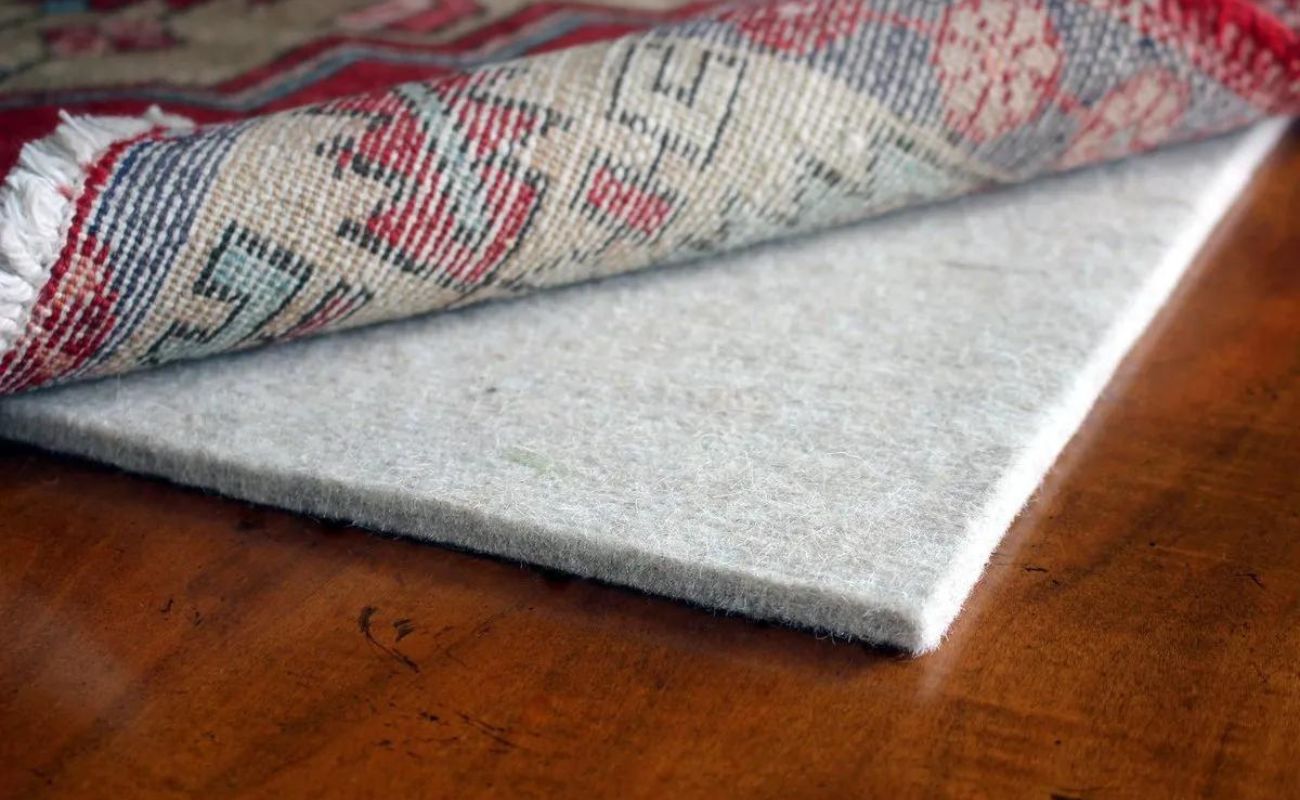

Outdoor Furniture
How To Keep A Patio Rug From Blowing Away
Modified: March 7, 2024
Prevent your outdoor furniture from getting blown away with these helpful tips on how to keep a patio rug secured in place. Safeguard your outdoor living space and enjoy a worry-free experience.
(Many of the links in this article redirect to a specific reviewed product. Your purchase of these products through affiliate links helps to generate commission for Storables.com, at no extra cost. Learn more)
Introduction
Welcome to the world of outdoor living! Having a patio or a deck can greatly enhance your outdoor experience, allowing you to relax and entertain in style. However, one common issue that many outdoor furniture enthusiasts face is keeping their patio rug from blowing away.
Nothing takes away from the ambiance of your outdoor space quite like a rug that constantly shifts or gets blown around by the wind. Fortunately, there are several solutions to help you keep your patio rug securely in place, allowing you to enjoy your outdoor oasis without the hassle of constant readjustment.
In this article, we will explore the different options available to anchor your patio rug and prevent it from blowing away. We will discuss methods that range from using weights and outdoor Velcro to creating custom rug anchor solutions. Additionally, we will provide tips on rug maintenance and cleaning to keep your outdoor space looking fresh and inviting.
So, grab a cup of coffee, sit back, and let’s dive into the world of patio rug anchoring!
Key Takeaways:
- Don’t let your patio rug blow away! Choose a durable, weather-resistant rug and use weights, Velcro, or DIY anchors to keep it secure. Regular maintenance ensures a vibrant, stable outdoor space.
- Select the right patio rug and anchor it down! Use rug anchors, gripper tape, or custom solutions to prevent wind from blowing it away. Regular cleaning and maintenance keep your outdoor space looking fresh and inviting.
Read more: How To Keep Patio Cushions From Blowing Away
Understanding the Problem
Before we delve into the solutions, let’s take a moment to understand why patio rugs tend to blow away in the first place. The primary culprit is the wind. Even a gentle breeze can cause a lightweight patio rug to lift and shift, ultimately leading to it being blown away.
Another factor to consider is the type of surface your patio rug is positioned on. If you have a smooth, slippery surface like tiles or polished concrete, the rug is more likely to slide around. Uneven surfaces, such as brick or natural stone, can also contribute to the rug’s instability.
Additionally, the size and shape of your patio rug can impact its vulnerability to wind. Large rectangular rugs with ample surface area are more susceptible to catching the wind and becoming airborne. On the other hand, smaller rugs or rugs with irregular shapes may have less surface area exposed and therefore be less prone to blowing away.
Furthermore, the thickness and weight of the rug play a role in its stability. Thin rugs or those made with lightweight materials are more likely to be lifted by the wind compared to thicker, heavier rugs.
It’s important to take these factors into consideration when selecting an anchor solution for your patio rug. Understanding the problem will help you make an informed decision and choose the method that best suits your specific situation.
Selecting the Right Patio Rug
When it comes to keeping your patio rug from blowing away, selecting the right rug is the first step. Consider the following factors when choosing a patio rug:
- Material: Opt for a rug made from durable, weather-resistant materials such as polypropylene or synthetic fibers. These materials are less likely to be damaged by the elements and will hold up better over time.
- Size and shape: Take into account the size and shape of your outdoor space when choosing a patio rug. If you have a larger area, go for a larger rug that will cover more surface area and provide better stability. If you have a small balcony or patio, a smaller rug may be more suitable.
- Thickness: Look for a rug with a thicker pile as it will naturally add weight and stability. Thicker rugs are less likely to be lifted by the wind and offer a more comfortable feel underfoot.
- Design: While not directly related to anchoring, the design of your patio rug can contribute to its overall stability. Patterns and textures can help camouflage any minor movements and make the rug appear more secure.
By choosing a patio rug that is sturdy, properly sized, and has a suitable thickness, you will minimize the risk of it being blown away in the first place. However, even with the right rug, some additional measures may be necessary to keep it in place during windy conditions.
Anchoring Options for Patio Rugs
Now that you have selected the right patio rug, it’s time to explore the various anchoring options available to keep it securely in place. Here are some effective methods to consider:
- 1. Using Rug Anchors: Rug anchors are adhesive-backed pads that can be attached to the corners or edges of your patio rug. These pads adhere to the rug and provide grip against the surface it rests on, preventing it from slipping or shifting.
- 2. Using Rug Gripper Tape: Rug gripper tape is a double-sided adhesive tape specially designed for securing rugs. Apply the tape to the underside of your patio rug, making sure to cover as much surface area as possible. The tape will adhere to the ground and prevent the rug from sliding around.
- 3. Utilizing Rug Clips: Rug clips are small metal clips that can be used to fasten the edges of your patio rug to the surrounding furniture or structures. Simply attach the clip to the rug and secure it to a fixed object, providing an anchor point that prevents the rug from being blown away.
- 4. Employing Rug Velcro: Outdoor-rated Velcro strips can be used to secure your patio rug to the surface below. Apply one side of the Velcro to the rug and the other side to the ground, ensuring a strong bond that keeps the rug in place even during windy conditions.
- 5. Using Stakes or Ground Pins: For rugs placed on softer ground surfaces like grass or soil, stakes or ground pins can provide effective anchoring. Drive the stakes or pins into the ground through the rug’s corners or edges, creating a secure connection between the rug and the earth.
Each of these anchoring options has its own advantages and considerations. Choose the one that suits your rug’s size, location, and the specific conditions of your outdoor area.
Remember, it may be necessary to combine multiple anchoring methods for optimal stability, especially if you live in an area with consistently strong winds or harsh weather conditions.
Using Weights to Secure a Patio Rug
Another effective method to keep your patio rug from blowing away is by using weights. Adding weight to the rug helps anchor it down and prevents it from being lifted by the wind. Here are a few options for using weights:
- 1. Heavy Outdoor Furniture: Place heavy outdoor furniture, such as chairs or tables, on the edges or corners of your patio rug. The weight of the furniture will keep the rug in place, even during windy conditions. Just make sure the furniture is large enough and heavy enough to provide sufficient stability.
- 2. Decorative Stones or Pebbles: Use decorative stones or pebbles along the edges of the rug to add weight and keep it from shifting. These stones not only serve a functional purpose but can also enhance the look of your outdoor space.
- 3. Sandbags: Fill sandbags with sand and place them strategically on the corners or edges of your patio rug. Sandbags provide a substantial amount of weight and are a reliable option for securing the rug, especially in areas with strong winds.
- 4. DIY Weights: Alternatively, you can create your own DIY weights by filling small, sturdy bags with sand, gravel, or even dirt. Tie or seal the bags securely and position them around the edges of the rug. This method offers flexibility and allows you to adjust the weight as needed.
When using weights to secure your patio rug, it’s important to ensure that the weights are placed in a way that won’t damage the rug or create a tripping hazard. Distribute the weights evenly along the edges to provide balanced stability and avoid any areas of excessive tension.
Experiment with different types of weights and positions to find the combination that works best for your specific rug and outdoor space. Regularly check the placement of the weights and make adjustments as needed to ensure the rug remains properly secured throughout the seasons.
Use rug grippers or Velcro strips to secure the rug to the patio surface. You can also use heavy outdoor furniture or planters to weigh down the edges of the rug.
Read more: How To Keep An Outdoor Rug From Blowing Away
Using Outdoor Velcro to Keep a Patio Rug in Place
If you prefer a non-permanent solution for securing your patio rug, outdoor Velcro can be a practical and effective option. Here’s how you can use outdoor Velcro to keep your rug in place:
- 1. Select the Right Velcro: Look for outdoor-rated Velcro that is specifically designed to withstand the elements. Ensure that both sides of the Velcro are outdoor-grade to ensure durability.
- 2. Clean and Prepare the Surface: Thoroughly clean and dry the surface where you plan to attach the Velcro. Remove any dirt, debris, or moisture, as these can affect the adhesive and compromise the bond.
- 3. Cut and Apply the Velcro: Measure and cut the Velcro into smaller strips or pieces. Apply one side of the Velcro to the underside of the patio rug, near the corners or edges. Affix the other side of the Velcro to the cleaned surface, in the corresponding positions. Press firmly to ensure a strong bond.
- 4. Test and Adjust: After applying the Velcro, test the rug to ensure that it is securely attached. Walk on the rug and try to lift it from different points to check for any signs of loosening. If needed, reinforce the Velcro by adding more strips or using larger pieces.
- 5. Regular Maintenance: Over time, outdoor Velcro may lose some of its adhesive strength due to exposure to weather conditions. Regularly inspect the Velcro and reapply or replace it as needed to maintain its effectiveness.
Using outdoor Velcro allows for easy removal and repositioning of the rug, making it a versatile choice for those who like to change the layout of their outdoor space frequently. It also avoids any potential damage to the rug or the underlying surface.
Keep in mind that outdoor Velcro may not be as strong as other anchoring methods, especially in very windy areas. It is best suited for moderate wind conditions or for adding an extra layer of security in combination with another anchoring method.
Outdoor Velcro provides a convenient and flexible solution to keep your patio rug in place, while still allowing for easy adjustment and maintenance.
Creating a Custom Rug Anchor Solution
If you prefer a customized approach to anchoring your patio rug, you can create your own rug anchor solution using a few simple materials. Here’s a step-by-step guide to help you create a custom rug anchor:
- 1. Measure and Cut: Begin by measuring the corners or edges of your patio rug where you want to create the anchor points. Cut heavy-duty nylon straps or strong webbing into suitable lengths to be used as anchors.
- 2. Attach D-Rings or Buckles: Sew or attach D-rings or buckles onto one end of each strap. These will serve as the attachment points for securing the rug.
- 3. Clean and Prepare the Surface: Clean and dry the surface where you plan to attach the rug anchor straps. Ensure it is free from dirt, debris, and moisture, as these can affect the bonding and stability.
- 4. Position and Secure: Lay the patio rug in its desired position and position the straps with D-rings or buckles onto the surface. Use heavy-duty adhesive or industrial-grade Velcro to secure the straps to the surface, making sure they are taut and securely fastened.
- 5. Attach and Adjust: Thread the free end of each strap through the corners or edges of the rug and attach them to the corresponding D-rings or buckles. Adjust the tension as needed to ensure the rug is securely anchored.
- 6. Test and Make Adjustments: Test the rug by walking or pulling on it from different directions to ensure the anchors hold. If needed, make adjustments to the strap lengths or reposition the anchor points for optimal stability.
Creating a custom rug anchor solution allows you to tailor the anchor points to the specific dimensions and shape of your patio rug. It provides a secure and reliable method to keep the rug in place, even during strong winds or heavy foot traffic.
Keep in mind that the effectiveness of your custom rug anchor solution depends on the quality of the materials used and the strength of the attachment to the surface. Regularly inspect and reinforce the straps and attachment points as necessary to maintain their effectiveness.
By getting creative and taking a DIY approach, you can craft a custom rug anchor solution that suits your specific needs and ensures your patio rug stays securely in place.
Maintaining and Cleaning Your Patio Rug
To ensure your patio rug remains in the best possible condition and stays anchored properly, it’s important to incorporate regular maintenance and cleaning into your outdoor routine. Here are some tips to help you maintain and clean your patio rug:
- Vacuum or Shake Regularly: To remove dirt, debris, and loose particles from your patio rug, vacuum it regularly or simply shake it out. This will help prevent buildup and maintain the rug’s appearance.
- Spot Clean Stains: Address any spills or stains on your patio rug immediately. Use a mild detergent or rug cleaner with a clean cloth to blot the area gently. Avoid scrubbing vigorously, as this may damage the rug fibers.
- Deep Clean Annually: Depending on the level of foot traffic and exposure to outdoor elements, it’s a good idea to deep clean your patio rug at least once a year. Follow the manufacturer’s instructions for the best cleaning method specific to your rug’s material.
- Protect from Sun and Moisture: Prolonged exposure to direct sunlight may cause fading or discoloration of your patio rug. Consider using a rug pad underneath or periodically moving the rug to prevent consistent exposure. Additionally, if the rug gets wet, ensure it has enough time to dry completely before repositioning or storing it to prevent mold or mildew growth.
- Trim Loose or Frayed Ends: Regularly inspect your patio rug for any loose or frayed ends and trim them carefully to prevent further unraveling.
- Store Properly in Off-Season: If your patio rug will not be used during certain seasons, ensure it is properly cleaned, dried, and stored in a dry, well-ventilated area. This will help prolong its lifespan and prevent any potential damage caused by moisture or pests.
By implementing these maintenance and cleaning practices, you can extend the life of your patio rug and keep it looking fresh and vibrant. A well-maintained rug not only enhances the aesthetic appeal of your outdoor space but also ensures its stability and proper anchoring.
Remember to refer to the manufacturer’s instructions for specific care guidelines for your patio rug. Different materials may have their own unique cleaning and maintenance requirements.
With a little bit of effort and care, your patio rug will continue to be an inviting and comfortable addition to your outdoor living area for many seasons to come.
Conclusion
Keeping your patio rug securely in place is essential for ensuring a beautiful and functional outdoor space. By understanding the common challenges and exploring the various anchoring options available, you can find the best solution to prevent your rug from blowing away.
Selecting the right patio rug that is made from durable materials, properly sized, and has a suitable thickness is the first step towards stability. However, additional measures may be necessary, depending on the specific conditions of your outdoor area.
From using weights and outdoor Velcro to creating a custom rug anchor solution, there are numerous effective methods to keep your patio rug in place. Whether you opt for a non-permanent solution or prefer a customized approach, there is an anchoring option to suit your needs.
Regular maintenance and cleaning of your patio rug are crucial for its longevity and appearance. By incorporating simple practices such as vacuuming, spot cleaning, and deep cleaning, you can keep your rug looking fresh and vibrant season after season.
Remember, every outdoor space is unique, and what works for one person may not work for another. It’s important to assess your specific needs, consider the factors that contribute to your rug’s instability, and choose the anchoring method that best suits your situation.
With the right anchoring solution and proper maintenance, you can enjoy your patio rug without worrying about it blowing away or shifting in the wind. Take the time to find the perfect balance of functionality and aesthetics, and create an outdoor space that truly reflects your style and enhances your outdoor experience.
So go ahead, make the most of your outdoor oasis, and enjoy the comfort and beauty of your securely anchored patio rug!
Frequently Asked Questions about How To Keep A Patio Rug From Blowing Away
Was this page helpful?
At Storables.com, we guarantee accurate and reliable information. Our content, validated by Expert Board Contributors, is crafted following stringent Editorial Policies. We're committed to providing you with well-researched, expert-backed insights for all your informational needs.
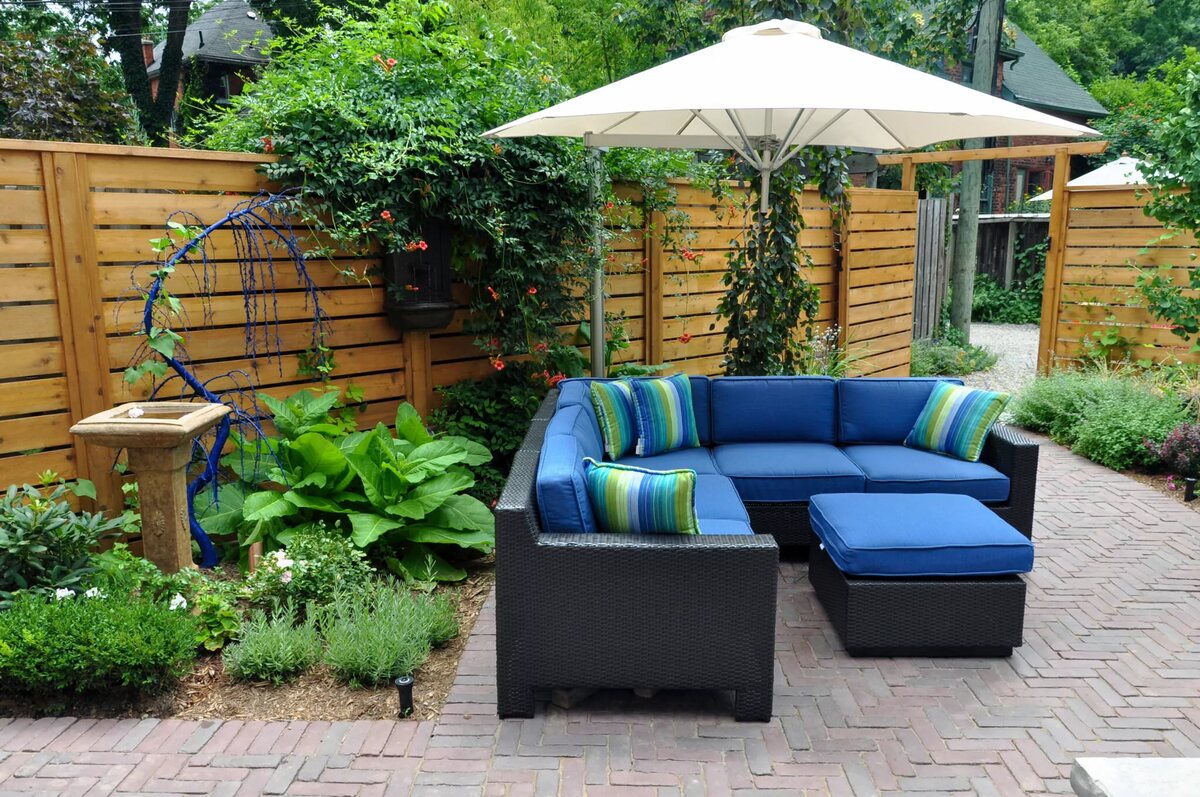
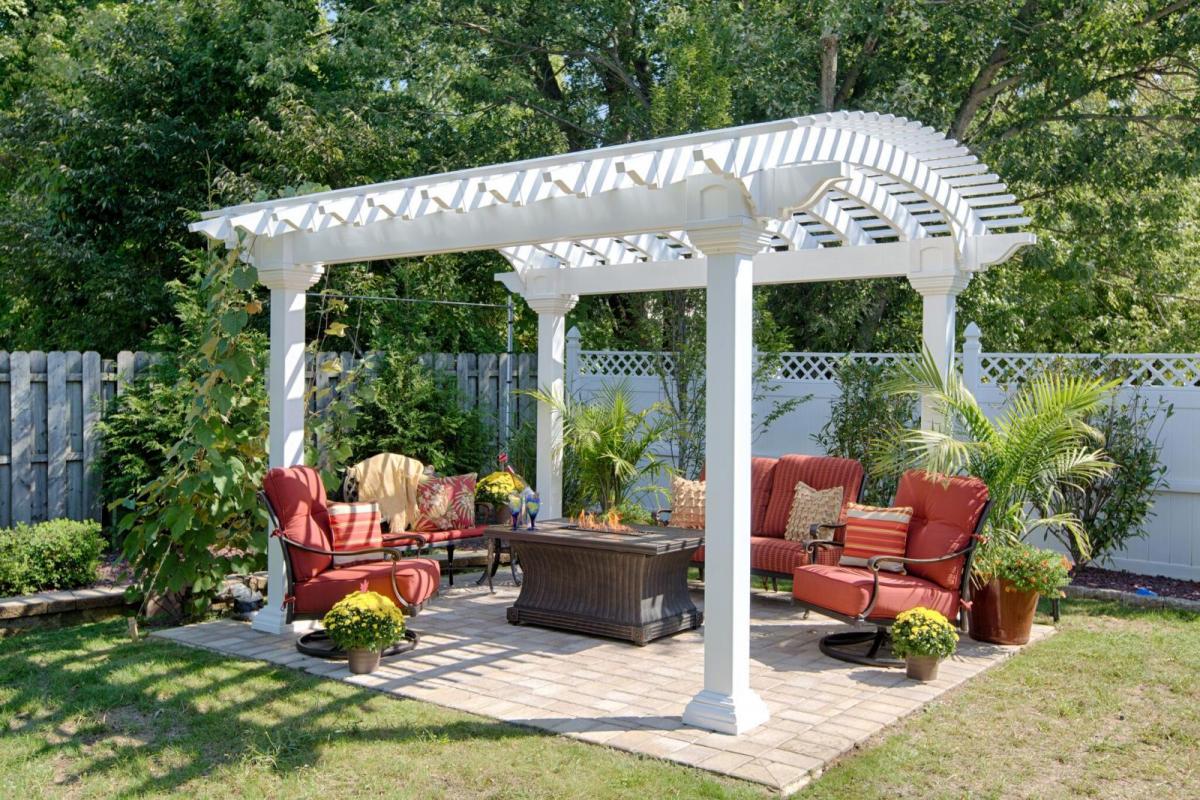
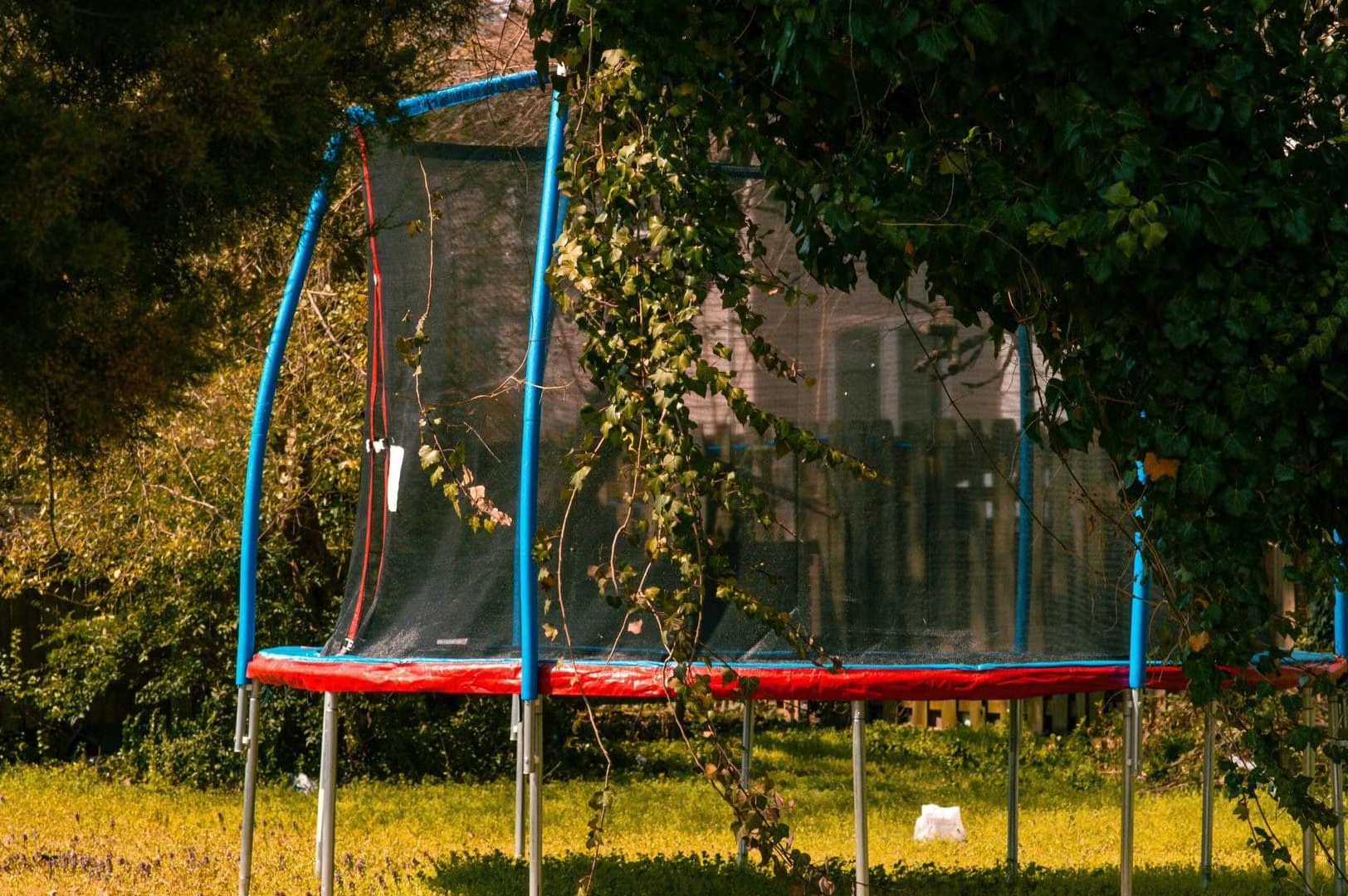

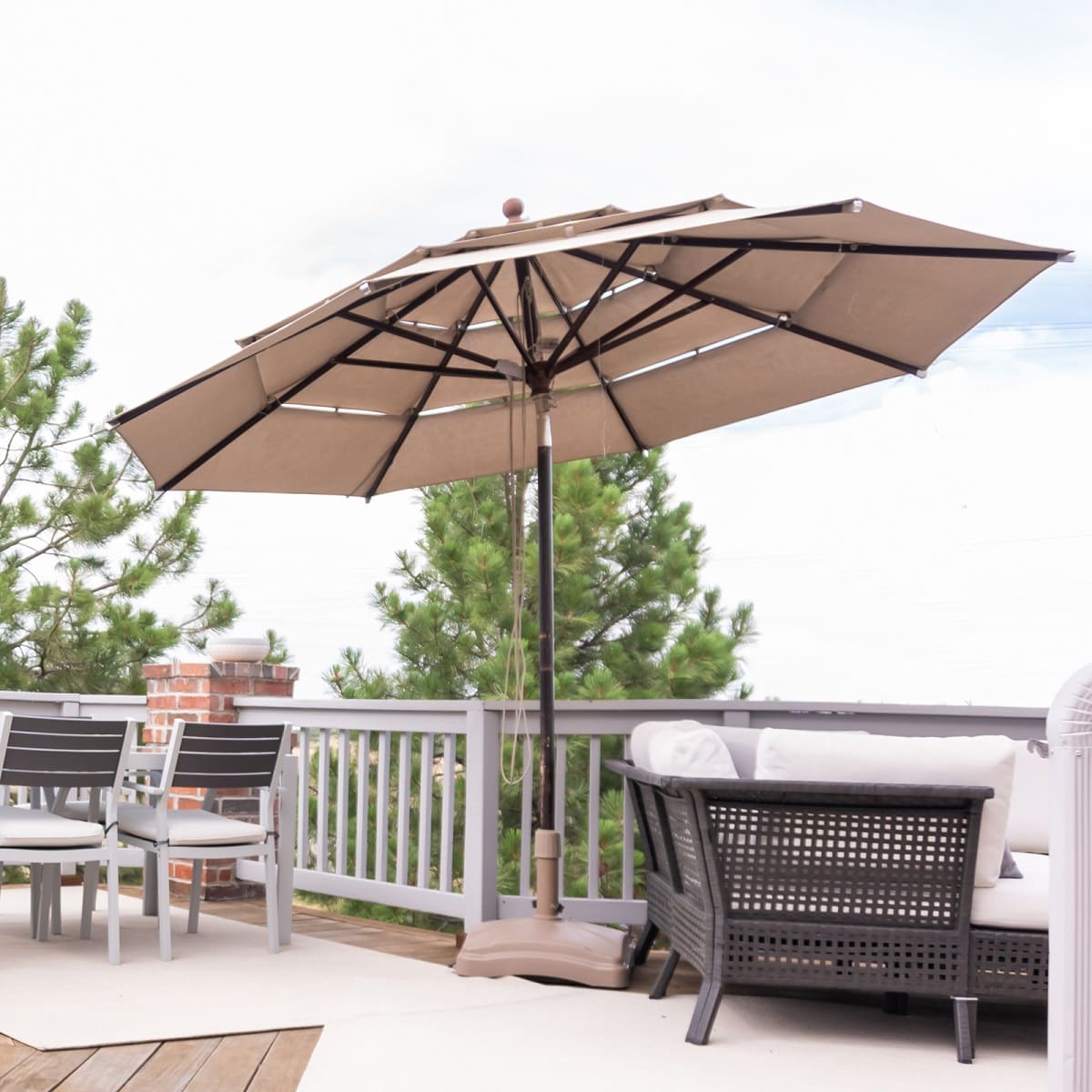
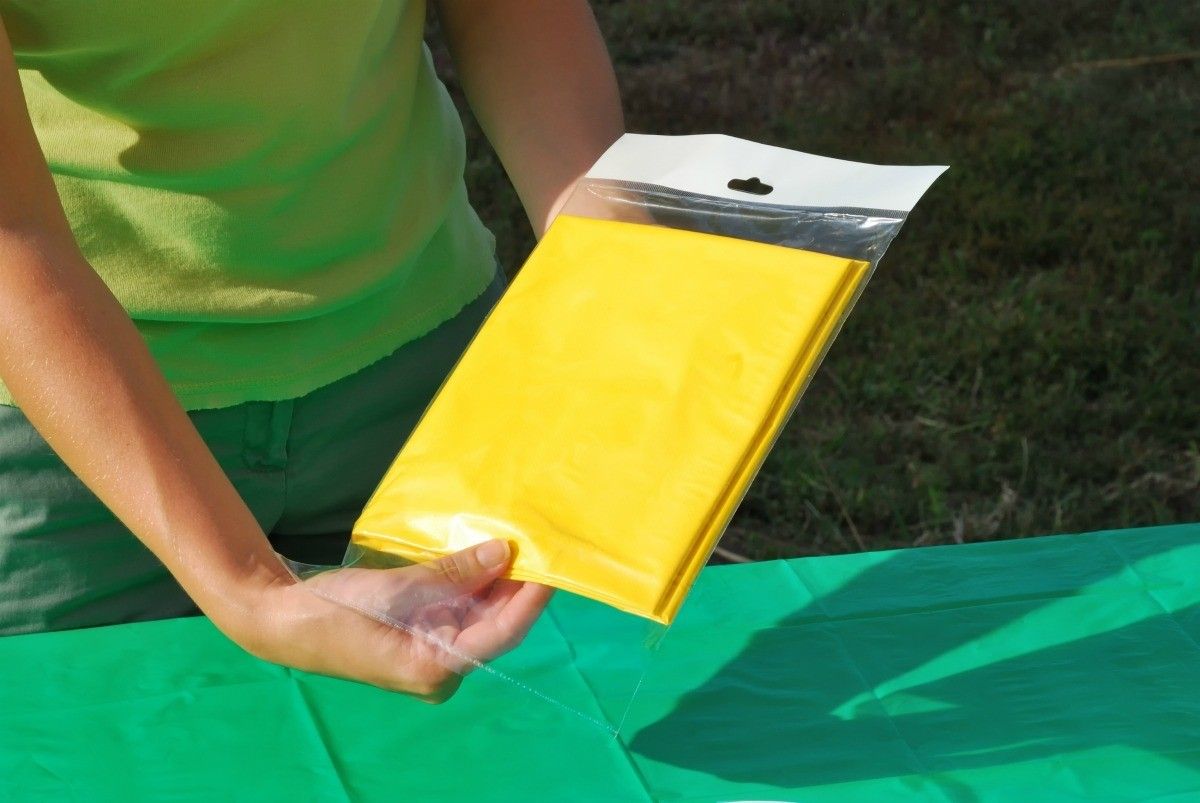
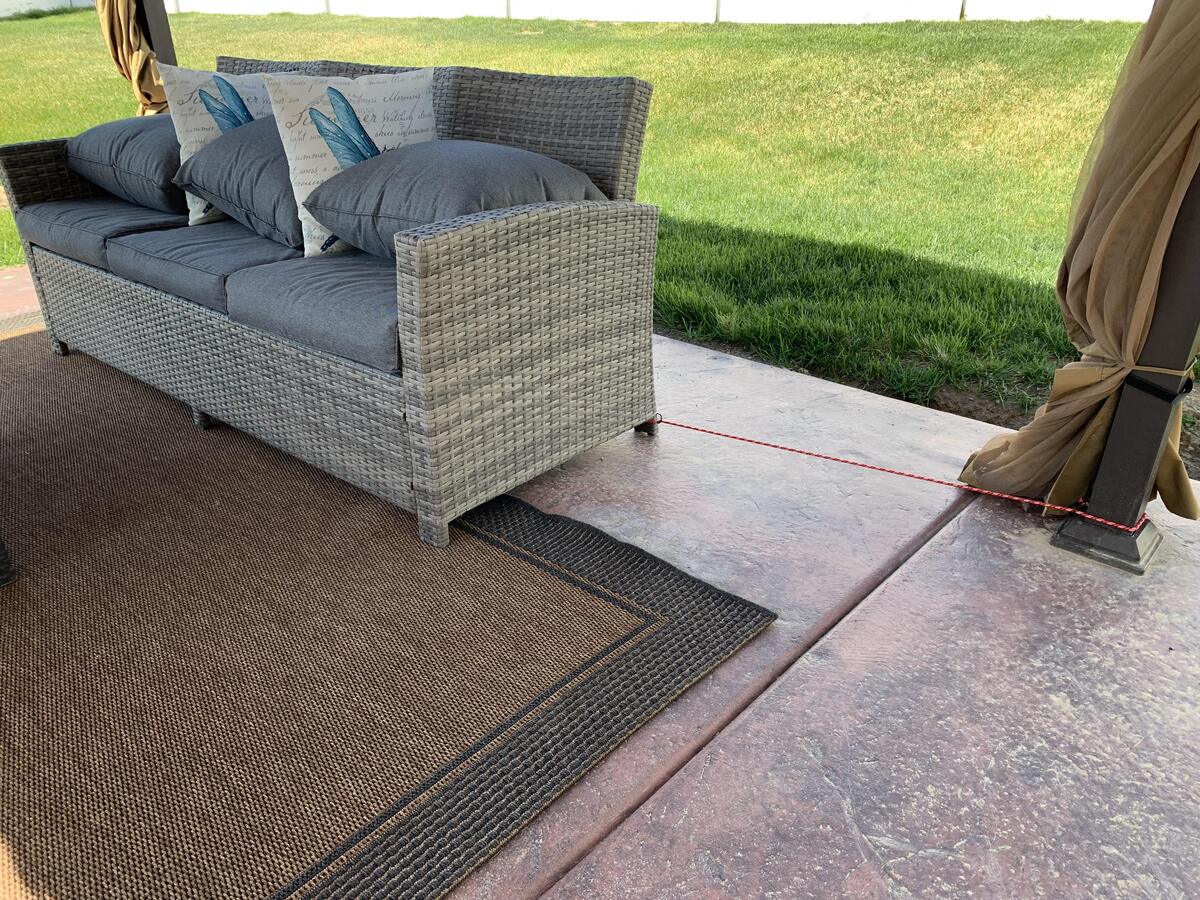
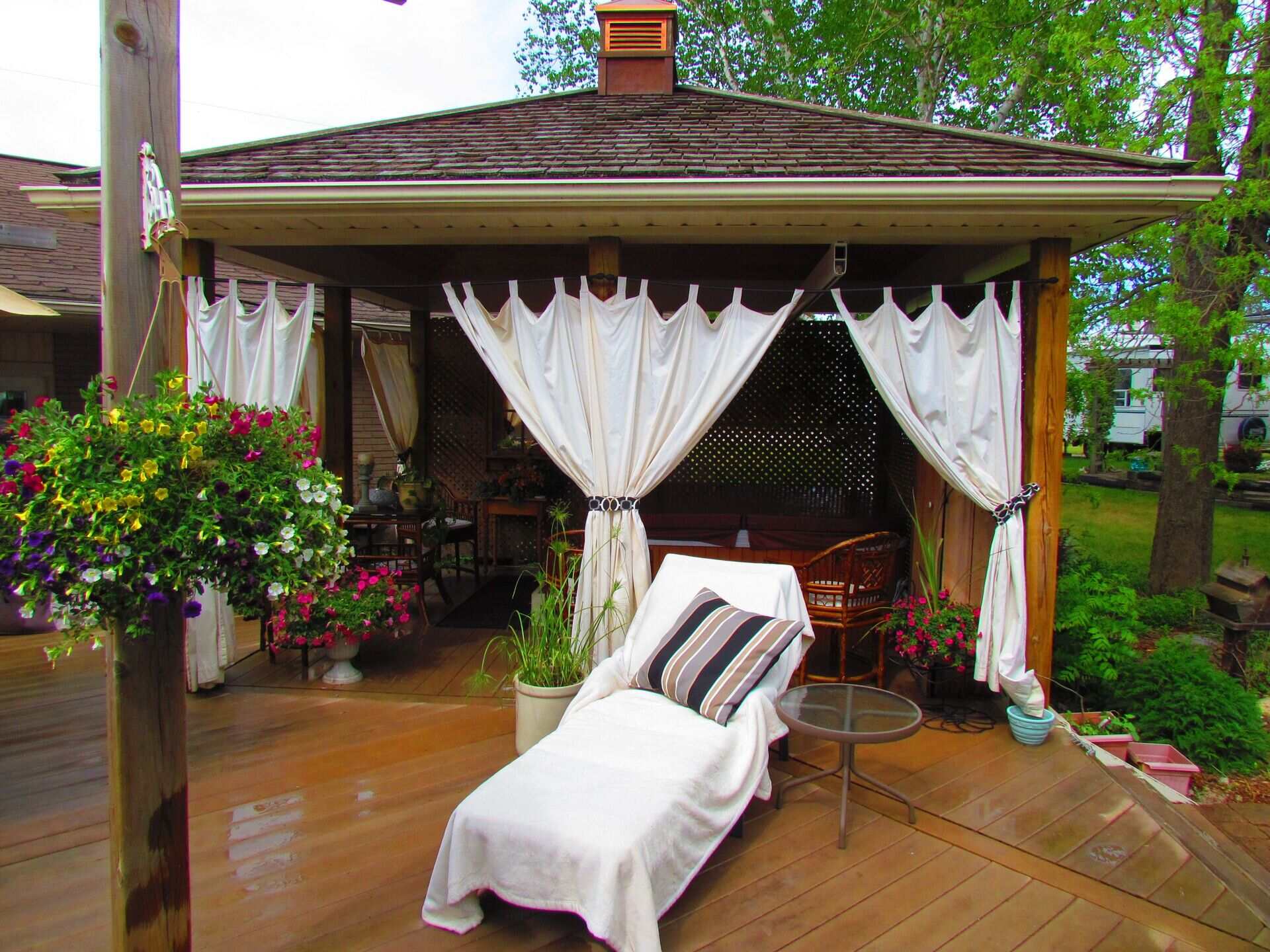

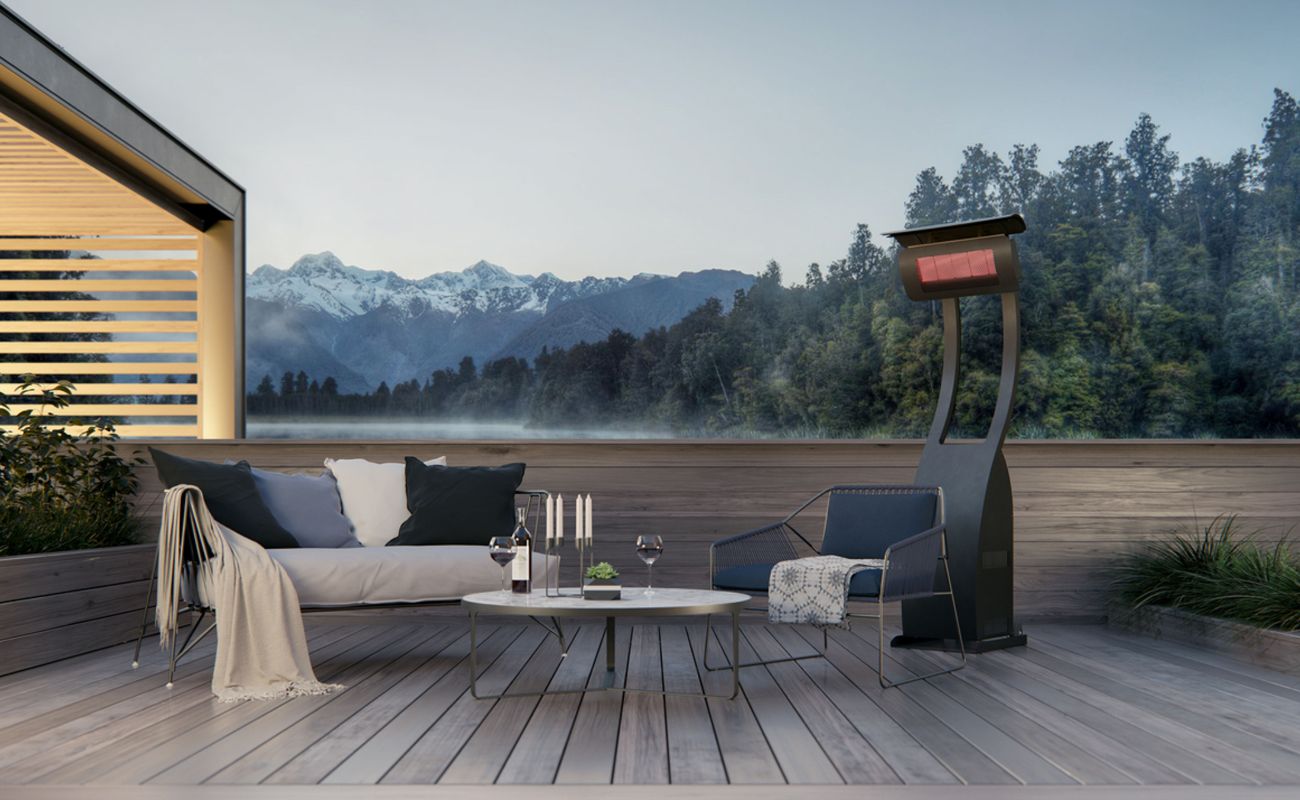
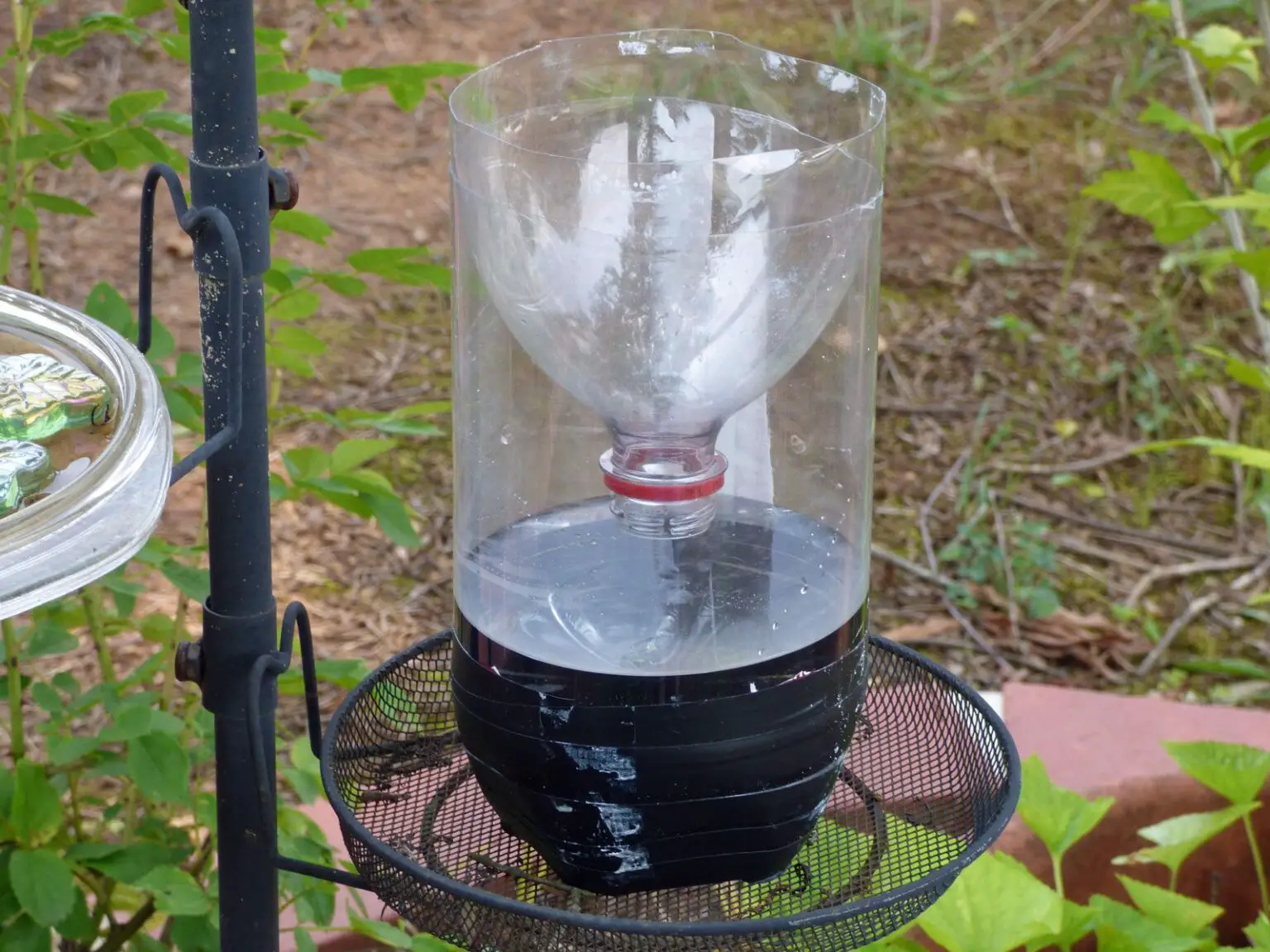
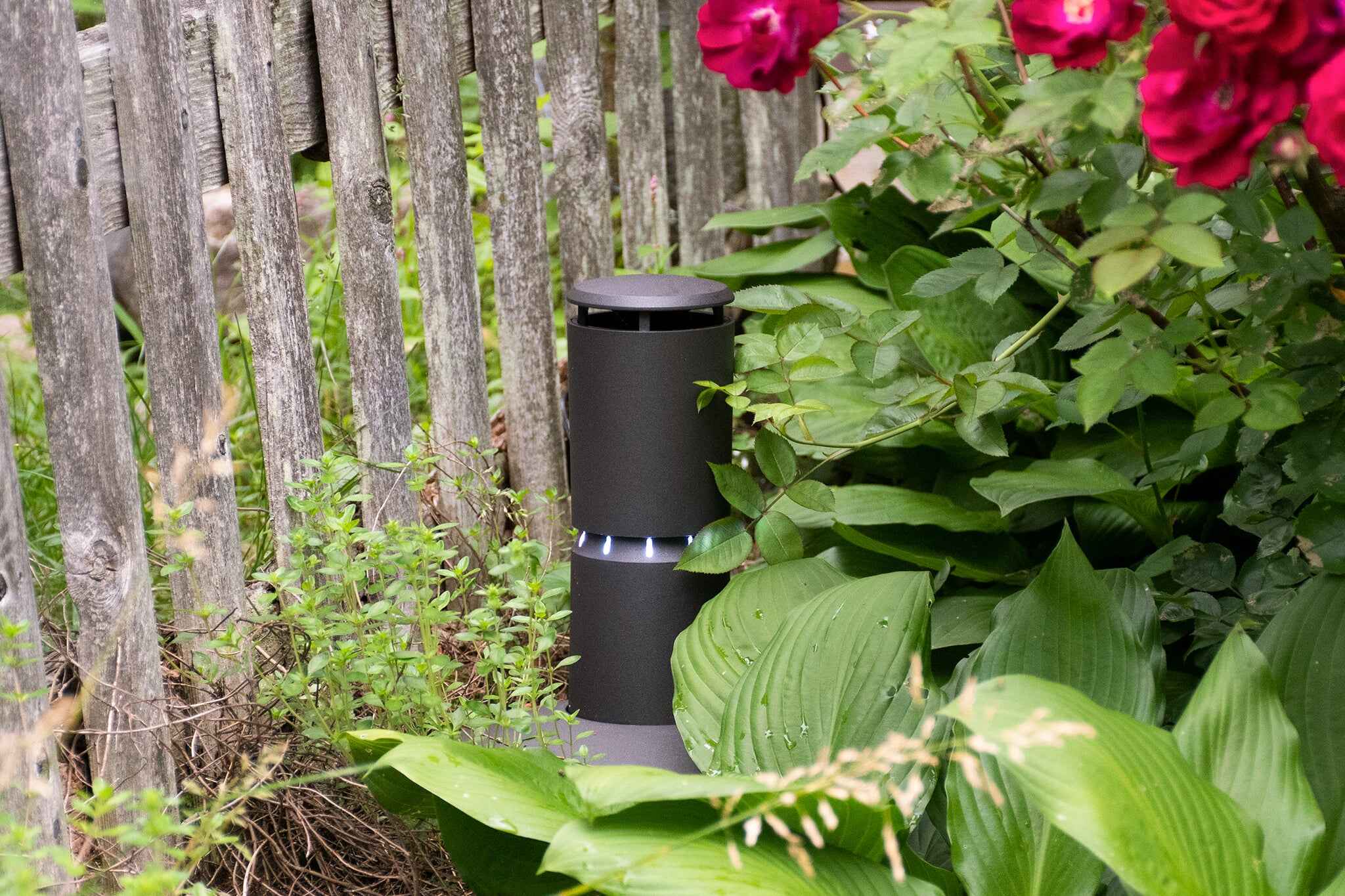
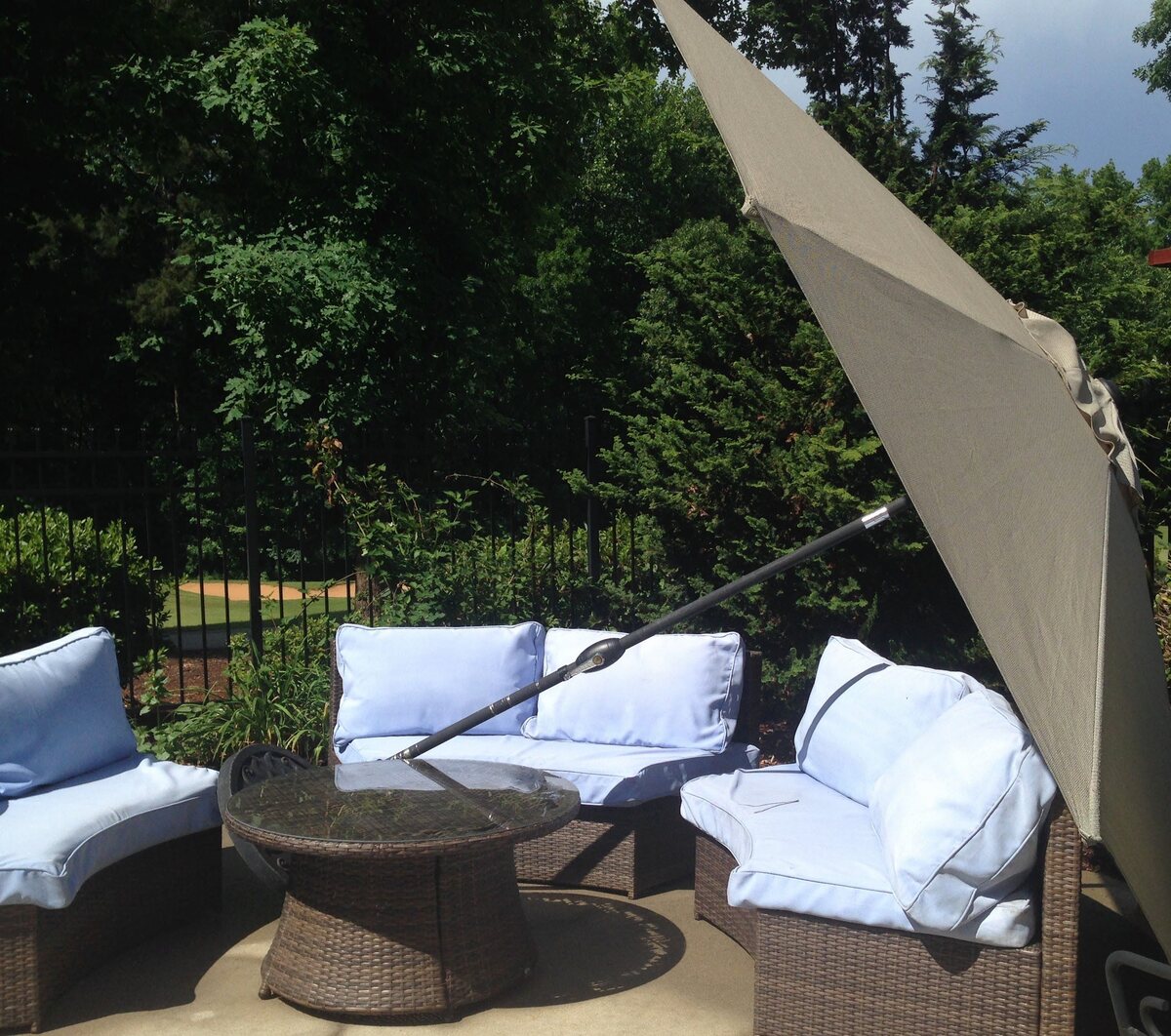
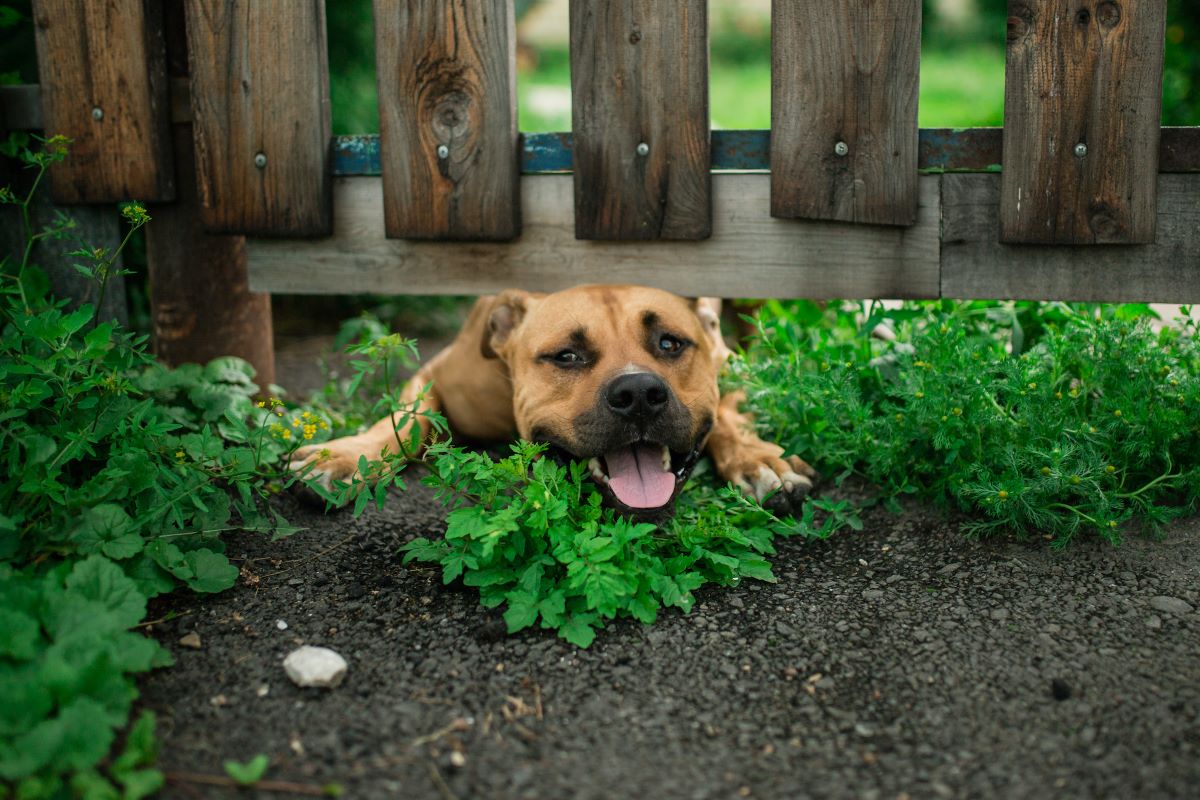

0 thoughts on “How To Keep A Patio Rug From Blowing Away”